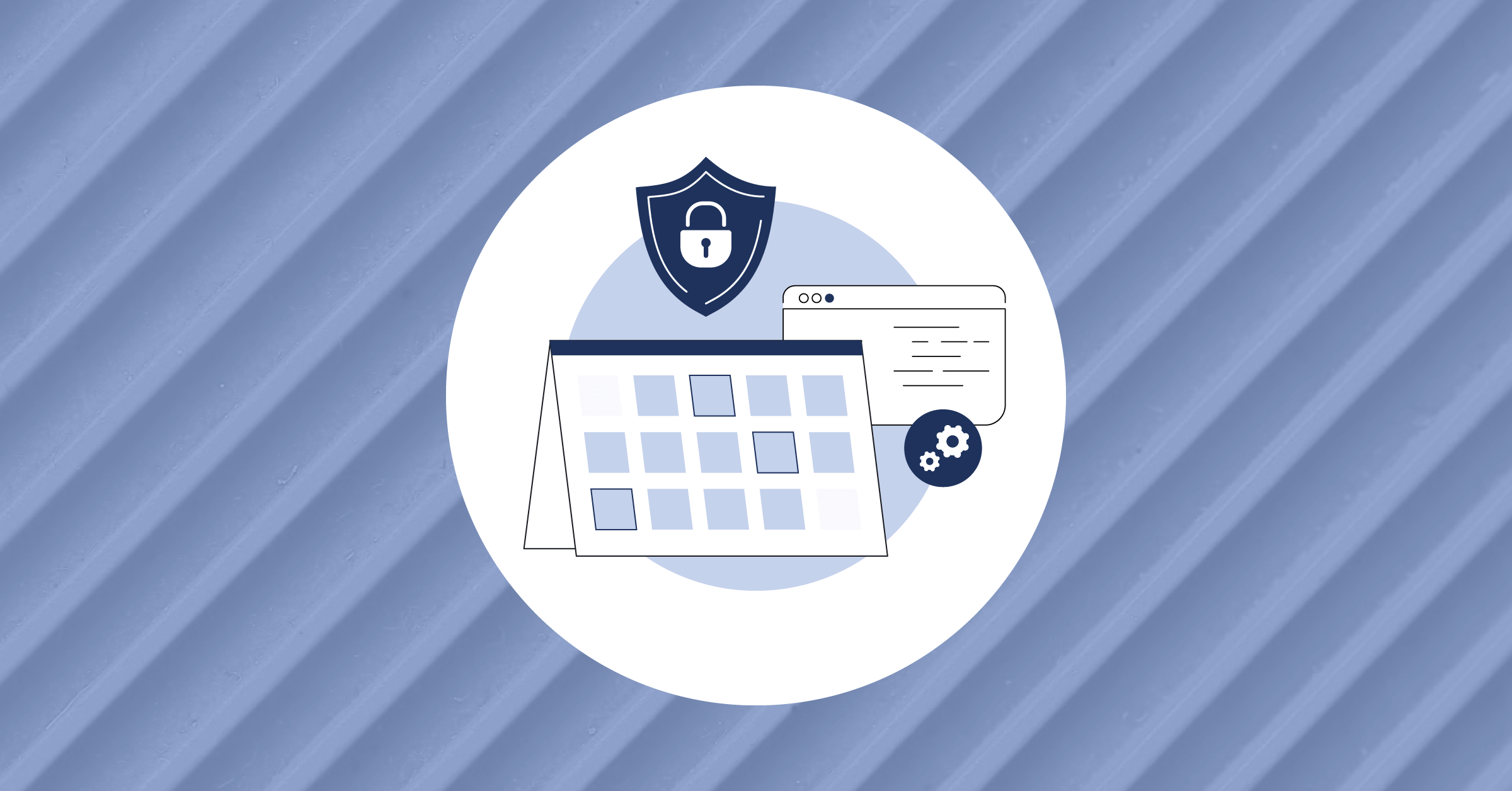
3 ways IT can secure open source software
Critics of open source software have long argued that giving everyone access to a project’s source code creates security issues. But in active projects with highly engaged communities, the opposite is actually true: Open source software helps organizations become more secure.
That said, any piece of technology can be exploited.
To ensure that your organization’s open source software doesn’t cause any security-related headaches, here are some tactics you should consider implementing.
1. Participate in the open source community
If you’re using open source tools, your organization has an ethical responsibility to contribute to those projects. In the event you’re reviewing the code and see something’s amiss, actively report the issue, work on the fix, and disclose the issue once it’s remedied.
2. Encourage knowledge sharing
One of the best parts about open source communities is the way everyone works together and collaborates openly and transparently. Securing your systems starts with building a security-conscious culture. When all engineers work together to share security knowledge with one another throughout the software development lifecycle, best practices permeate throughout the organization, increasing the chances that everyone is up to speed on the latest threats and vulnerabilities.
3. Create a dedicated war room
When it comes to any system or network, it’s only a matter of time before an incident occurs. That’s just the way it is. While you might not be able to prevent incidents from happening, you can control how you respond to them. Creating a dedicated digital SecOps war room ensures that all parties know exactly where to congregate when an incident occurs, accelerating time to resolution.
These ideas were adapted from a recent interview given by Mattermost CEO Ian Tien. To learn more about Ian’s thoughts on securing open source software and other tactics you can use to strengthen your security stance, read the article.




